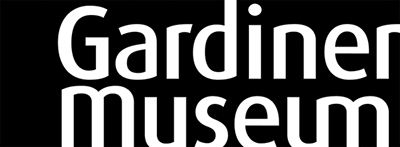14th to 18th Century European Earthenware and Stoneware

The Gardiner Museum’s holdings highlight important developments in the history of European earthenware from the fourteenth to the eighteenth centuries, including tin-glazed earthenware, English slipware and creamware. Earthenware is the term given to ceramics that have been fired at a comparatively low temperature and have not vitrified. They have opaque bodies and are often glazed to make them impervious to liquids. Different types of earthenwares are given specific names that distinguish their bodies, glazes and decoration.
An important area of focus is tin-glazed earthenware produced in Italy, France and England, where it was known as maiolica, faïence and delftware respectively. Tin-glazed earthenware first appeared in the ninth century in present day Iraq, and involved the addition of ashes of tin to a lead glaze to create an opaque white surface for decoration in emulation of Chinese porcelain. Throughout the next five centuries, knowledge of tin-glazing spread throughout the Middle East and the Mediterranean. The movement of objects and people further prompted its dissemination to Italy, and Northern Europe.
European Earthenware Collections:
Other European Earthenware and Stoneware
























